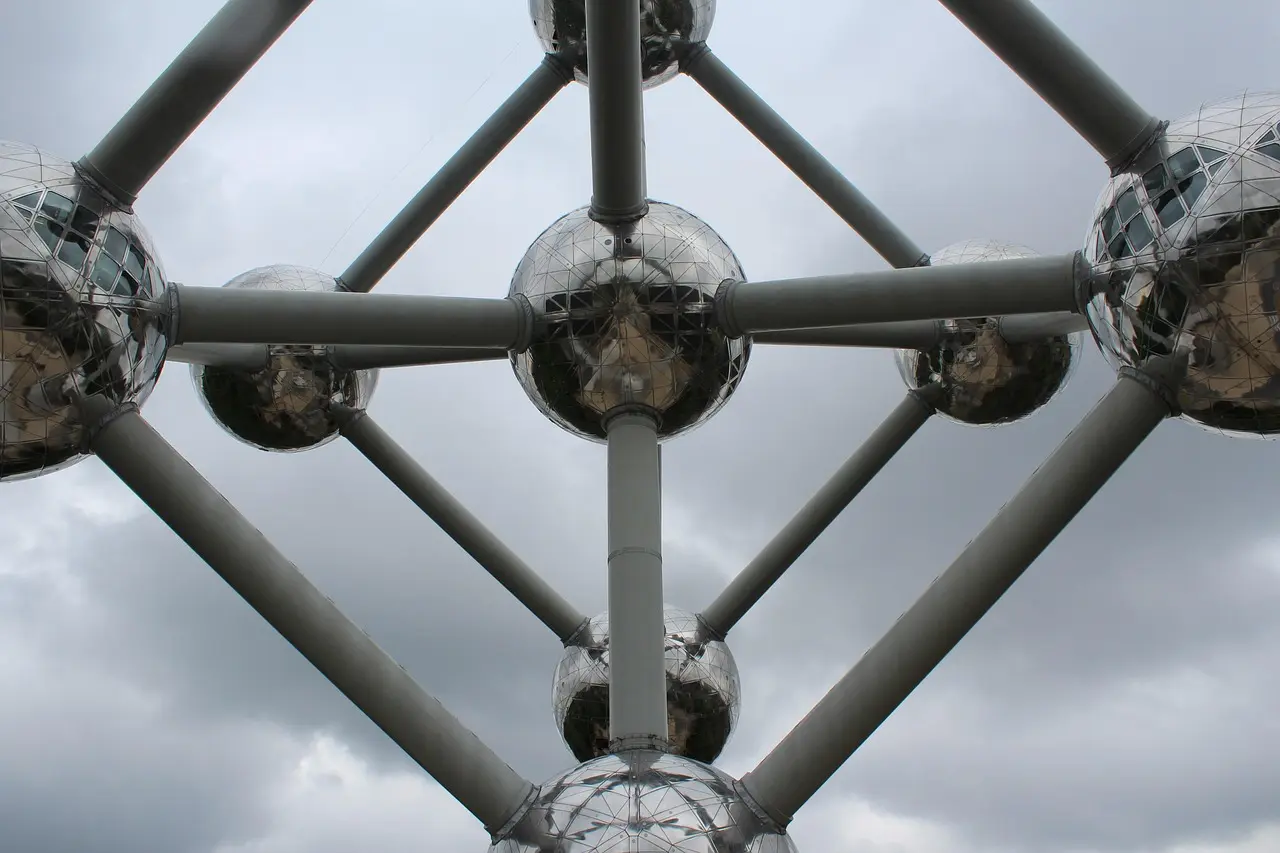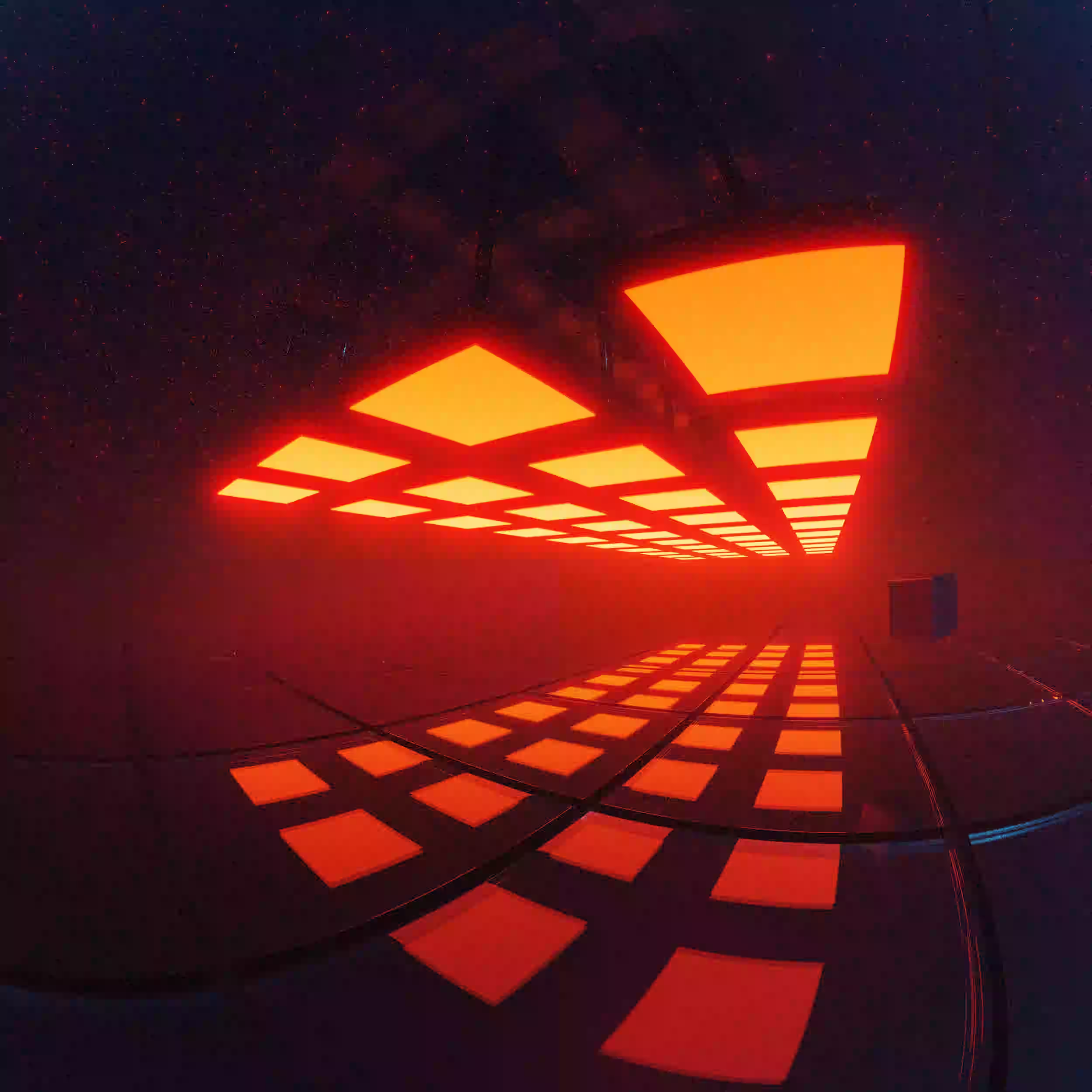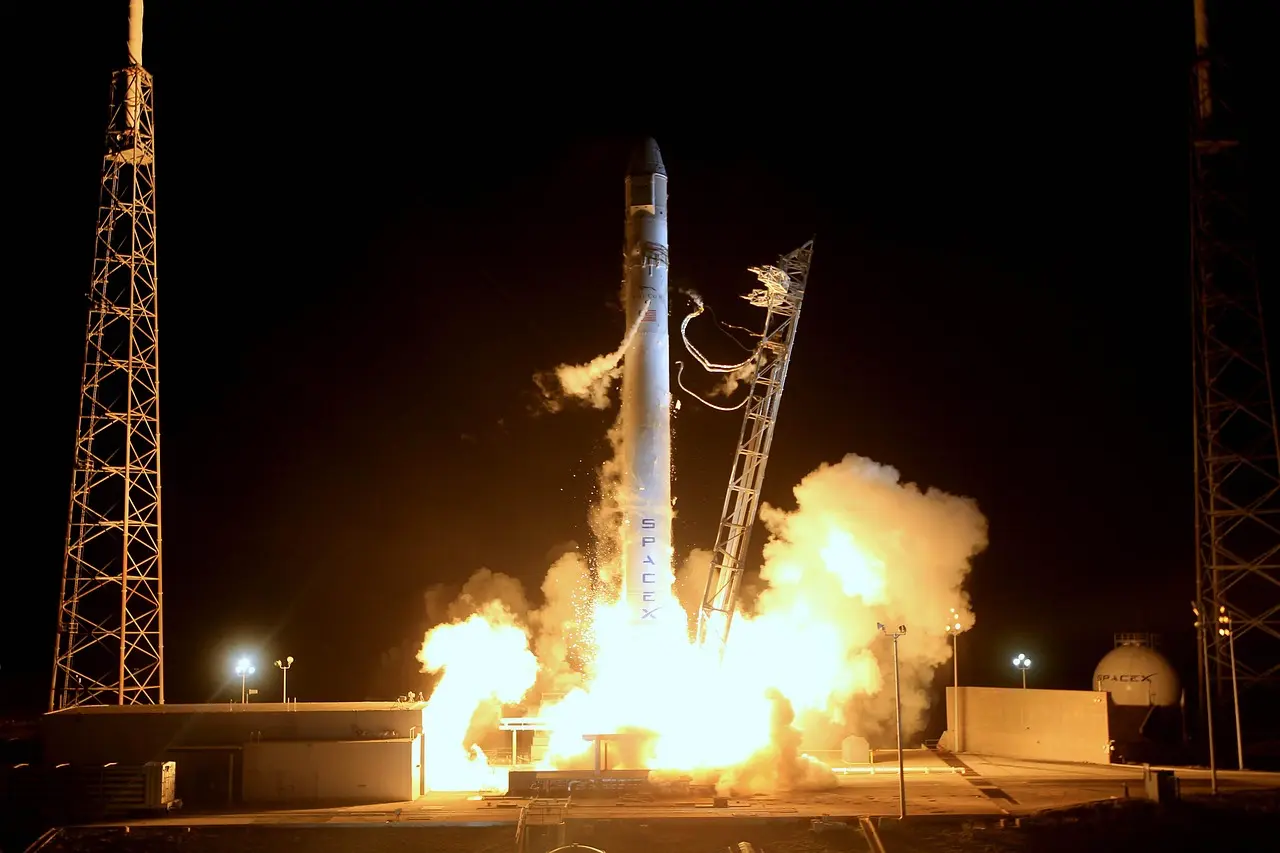Originally published: June 22, 2025, on LAWinSPACE.com, a Mararu & Mararu SCA AeroSpace Law Blog
Hey, Romanian space pioneers and global cosmic visionaries! This weekly space news digest bulletin dives into our top five news picks from June 13–20, 2025, focusing on space law, policy, international law, technology, and science. We’re spotlighting what these mean for Romania’s stellar ambitions and future, with practical steps and partnerships that blend our local champs like ROSA, INCAS, COMOTI and Politehnica University with global players like ESA and SpaceX. Each story comes with a Romania-specific takeaway, packed with actionable ideas for our vibrant space community.
Space Law on the Moon: Gaps and Proposed Frameworks
The 1967 Outer Space Treaty (https://www.unoosa.org/pdf/gares/ARES_21_2222E.pdf) frames space as a global commons but leaves lunar sites, mining, and bases unprotected, as Michelle L.D. Hanlon, Professor of Air and Space Law, noted on June 20, 2025 (https://www.space.com/astronomy/moon/space-law-doesnt-protect-historical-sites-mining-operations-and-bases-on-the-moon-a-space-lawyer-describes-a-framework-that-could).
With 100+ robotic missions targeting the lunar south pole and programs like the U.S. Artemis and China’s 2030 plans accelerating, legal clarity is urgent. Hanlon proposes a framework based on the 1972 World Heritage Convention (https://whc.unesco.org/en/convention/), backed by 196 nations (https://whc.unesco.org/en/statesparties/), to protect sites like Apollo 11 (https://www.nasa.gov/mission/apollo-11/) and Chandrayaan-3 (https://science.nasa.gov/mission/chandrayaan-3/), using NASA’s 1.2-mile safety zones (https://www.nasa.gov/wp-content/uploads/2017/10/617743main_nasa-usg_lunar_historic_sites_reva-508.pdf).
Mararu & Mararu’s own white paper (https://www.lawinspace.com/post/lunar-law-unleashed) complements this with the Lunar Operations Compliance Consortium (LOCC), a market-driven, space insurers-leveraged solution offering unified standards, compliance badges, and arbitration, aligning with DARPA’s LOGIC initiative.
Romania Takeaway: With Romania’s lunar ambitions fueled by ESA’s Artemis role and our thriving startup scene, we’re poised to shape lunar law. Let’s launch a 2026 Bucharest Lunar Governance Forum, spearheaded by the Romanian Space Agency (ROSA) (https://www.rosa.ro/) or the National University for Science and Technology Politehnica Bucuresti, partnering with Mararu & Mararu (https://www.lawinspace.com/) and ESA (https://www.esa.int/). Unite Southeast European innovators via a Romanian Space Cluster to pitch LOCC standards at UN COPUOS (https://www.unoosa.org/oosa/en/ourwork/copuos/index.html), collaborating with SpaceX (https://www.spacex.com/) for pilot tests at COMOTI’s facilities (https://www.comoti.ro/) or at those of INCAS’ (https://www.incas.ro). This cements Romania as a lunar law leader, aligned with EU regulations.
UN Resolution on ASAT Test Ban: Securing Space Sustainability
The UN General Assembly’s 2022 resolution to halt destructive anti-satellite (ASAT) tests, backed by 155 nations, gained traction in 2025, as reported by the Arms Control Association (https://www.armscontrol.org/search/google?keys=ASAT) and SpaceNews (https://spacenews.com/united-nations-general-assembly-approves-asat-test-ban-resolution/). Led by the U.S., Canada, and Japan, this norm curbs space debris, vital for satellite safety. A June 19, 2025, X post by @FluxxState (https://x.com/FluxxState/status/1935787663032000802) highlighted ongoing UN talks, urging U.S. leadership for sustainable space.
Romania Takeaway: Romania’s reliance on Galileo satellites (https://www.gsc-europa.eu/) and our buzzing space tech ecosystem give us a stake in clean orbits. Let’s lead a ROSA-driven campaign at the 2026 UN COPUOS (https://www.unoosa.org/oosa/en/ourwork/copuos/index.html), teaming with Bulgaria, Hungary, Serbia and Croatia to form a Southeast European Space Safety Network. Startups, guided by Politehnica University (https://upb.ro/en/), can develop debris-tracking sensors, pitching to ESA’s Clean Space initiative (https://www.esa.int/Safety_Security/Clean_Space) and partnering with JAXA (https://global.jaxa.jp/) through ROSA’s networks, ensuring EU sustainability compliance.
U.S. House Boosts Space Force Budget: Shaping Global Dynamics
On June 12, 2025, the U.S. House Appropriations Committee added $3 billion to the FY2026 Space Force budget, reversing cuts, per SpacePolicyOnline.com (https://spacepolicyonline.com/news/house-appropriators-add-amost-3-billion-to-presidents-request-for-space-force/). This signals U.S. space defense dominance, influencing global and EU policies.
Romania Takeaway: As a NATO ally with a growing space sector, Romania can bridge U.S. and EU strategies. Let’s host a 2026 Space Security Summit in Timișoara, led by a Romanian Space Cluster coordinated by one of the major science and technology universities, inviting NATO’s Space Centre (https://www.nato.int/cps/en/natohq/topics_175419.htm) and U.S. Space Force (https://www.spaceforce.mil/). Partner with Raytheon’s European operations (https://www.rtx.com/) to develop satellite shielding tech, tapping the EU’s Defense Fund (https://defence-industry-space.ec.europa.eu/eu-defence-industry/european-defence-fund-edf_en) for grants. Romanian firms can pitch cybersecurity solutions to the European Defence Agency (https://eda.europa.eu/), aligning with EU’s Space Traffic Management goals.
Senate Fully Funds NASA’s Artemis Program: Opening Collaboration Doors
The U.S. Senate’s $10 billion for NASA’s Artemis program, covering Gateway, SLS, and Orion, ensures a 2028 moon return, per SpacePolicyOnline.com (https://spacepolicyonline.com/news/senate-committee-wants-to-keep-gateway-sls-and-orion/). ESA’s partnership (https://www.nasa.gov/news-release/nasa-european-space-agency-formalize-artemis-gateway-partnership/) opens opportunities for EU nations like Romania.
Romania Takeaway: Romania’s ESA membership and tech talent position us for Artemis success. Let’s propose a lunar sensor or other lunar tech from INCAS (https://www.incas.ro/) at the 2026 ESA Ministerial Council, partnering with Airbus Defence and Space in Romania (https://www.airbus.com/en/defence). ROSA, in partnership with, or a major science and technology university, should launch a Space Startup Incubator, mentoring firms to supply Artemis components, pitching to NASA’s CLPS program (https://www.nasa.gov/content/commercial-lunar-payload-services) and aligning with EU’s space innovation goals for commercial growth.
Europe’s Focus on Space Resilience and Autonomy: Empowering EU Capabilities
On June 15, 2025, SpacePolicyOnline.com reported the EU and ESA’s push for space resilience, protecting assets and reducing external reliance (https://spacepolicyonline.com/news/europe-looks-to-space-resilience-autonomy-amid-global-changes/). Ties with Canada, India, Japan, and the UAE counter U.S. budget impacts, boosting Europe’s autonomy.
Romania Takeaway: Romania’s space ecosystem, from startups to the Politehnica University of Bucharest (https://upb.ro/en/), is ready to lead EU autonomy. Let’s establish a 2026 Black Sea Space Innovation Hub, led by ROSA, aggregating Romanian, Bulgarian, and Turkish firms to build autonomous satellite systems. Partner with India’s ISRO (https://www.isro.gov.in/) via ESA’s ARTES program (https://www.esa.int/Applications/Telecommunications_Integrated_Applications/ARTES) and host workshops at COMOTI (https://comoti.ro/en/space/) and INCAS (https://www.incas.ro/space-program) align with EU’s IRIS² constellation (https://defence-industry-space.ec.europa.eu/eu-space-policy/iris2_en), securing contracts for Romanian innovators.
Conclusion of this weekly space news digest
These stories ignite Romania’s cosmic path, from lunar law to secure orbits and autonomous systems. By leading with LOCC, championing ASAT bans, bridging U.S.-EU defense, joining Artemis, and driving EU resilience, Romania can soar in the global space arena.



.svg)

